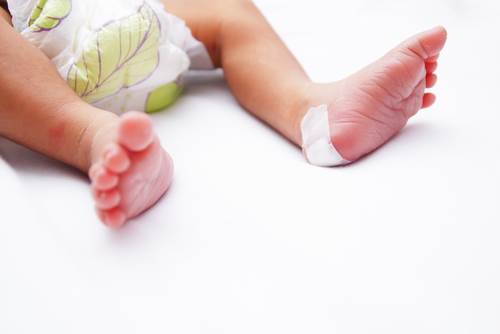Improving Accuracy of Newborn Screening for Cystic Fibrosis
9/21/2018

Cystic fibrosis newborn screening accuracy is essential for early diagnosis and treatment, which has been shown to improve outcomes. In a seven year study of 16 sibling pairs with cystic fibrosis, it was found that early initiation of therapy (before age 1) was beneficial. Although cystic fibrosis neonatal screening will identify the vast majority of infants with cystic fibrosis, there are many factors in the newborn screening system that can lead to misdiagnosis.
Although cystic fibrosis newborn screening false negative results occur a much smaller percentage of the time than false positive results, the consequences of a missed diagnosis can be devastating. There are many reasons for a false negative screening result, some of which include unacceptable specimen quality, specimen labeling errors, and inappropriate testing cutoff value.
Conversely, those newborns with a positive screen do not necessarily have cystic fibrosis. Most times (approximately 90%), the result is a false positive, meaning the screen was abnormal but the newborn does not have cystic fibrosis, but is a cystic fibrosis carrier. Carriers do not have the condition themselves but are at increased risk to have a child with cystic fibrosis. Those infants who test positive during the screening test will undergo additional testing to confirm the diagnosis.
Although newborn screening for cystic fibrosis offers many important new opportunities for better care, teaching, and research, its widespread use occurred rapidly, and a need for quality improvement and assurance has become apparent.
CLSI’s NBS05—Newborn Screening for Cystic Fibrosis was written in partnership with the Cystic Fibrosis Foundation and describes the use of newborn screening laboratory tests for detecting risk for cystic fibrosis from newborn dried blood spots. It addresses both the primary screening tests and the second or third tier tests and includes information on quality assurance and control. NBS05 is intended for use by newborn screening laboratory and program personnel, regulatory agencies, neonatologists, primary care providers, and public health policy makers.
